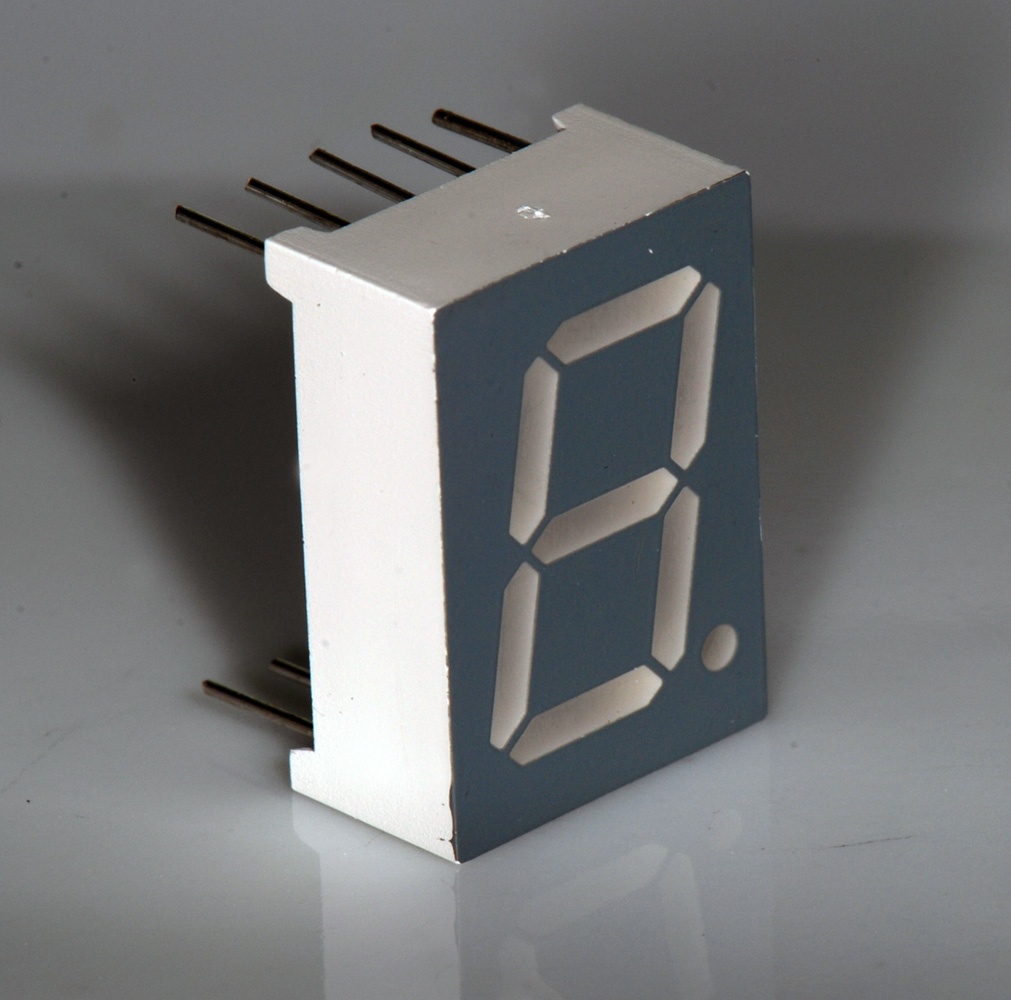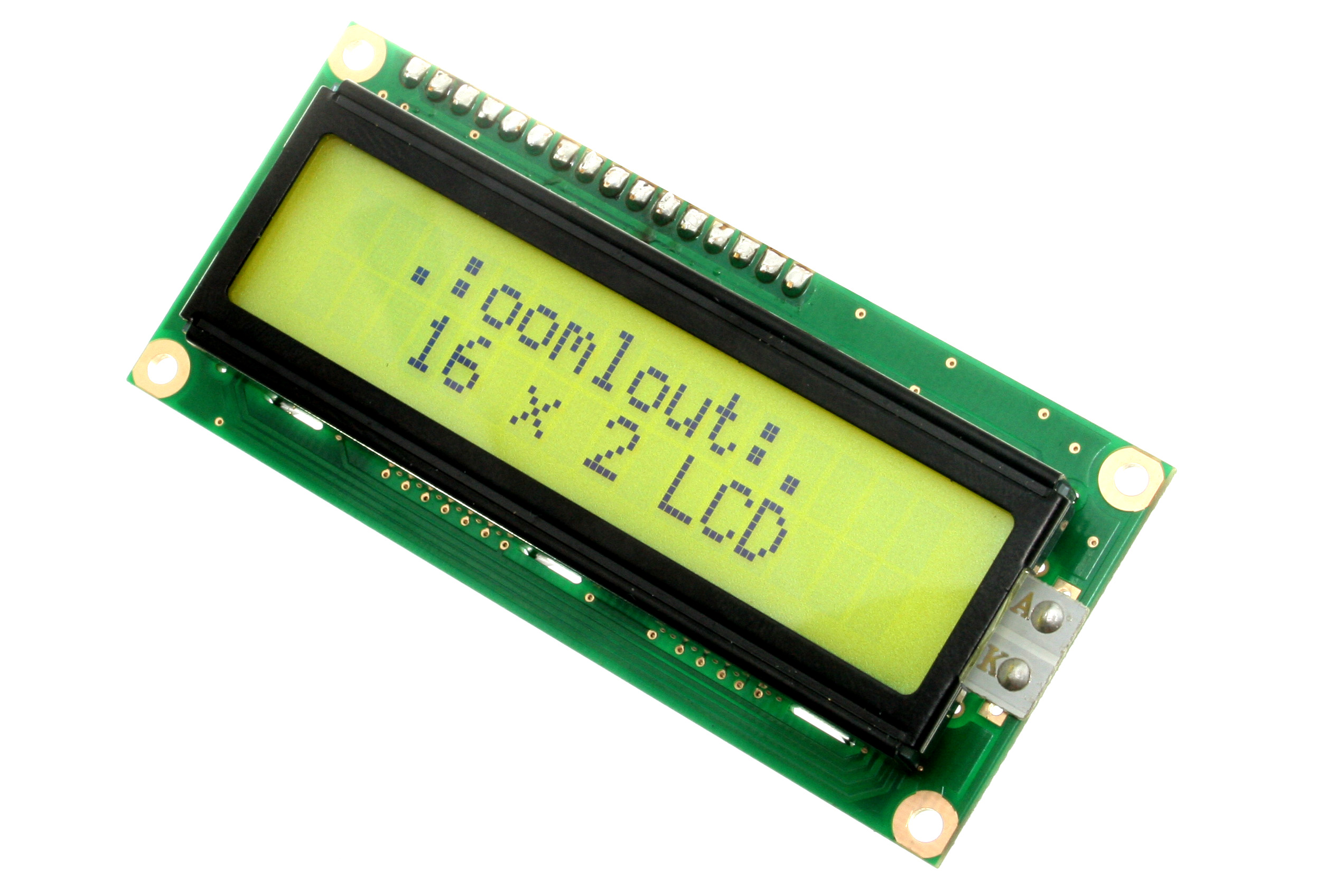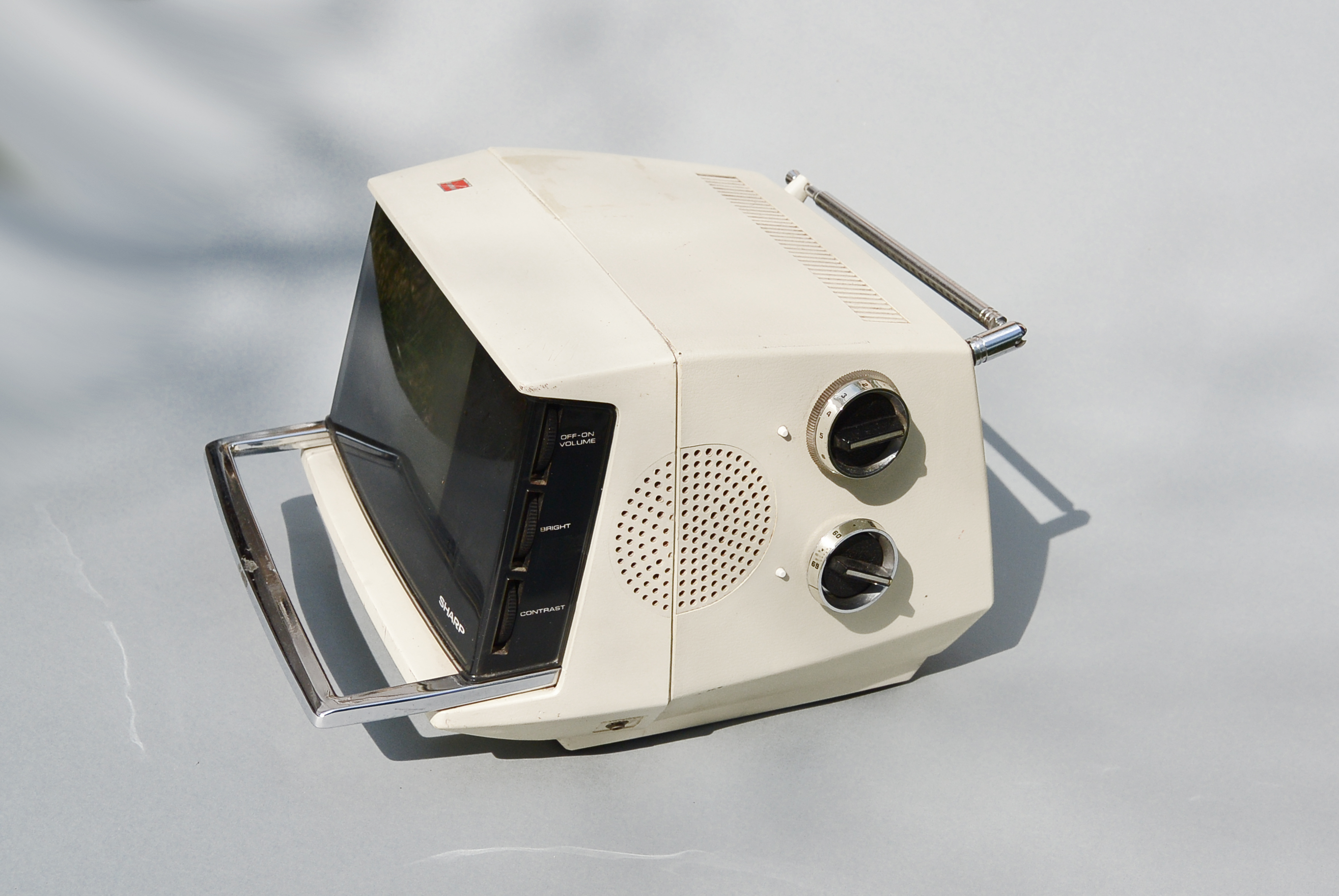|
HP 9g
The hp 9g (F2222A) is a graphing calculator designed by Kinpo Electronics, Inc and produced by Hewlett-Packard. It has basic graphing, scientific and programming features designed for use by students. Despite resembling a typical scientific calculator in appearance, such as those by competitors Casio and Sharp, the 9g departs from HP calculator tradition because it does not have an RPN mode. It is also particular unusual for its display, which includes a compact dot-matrix A dot matrix is a 2-dimensional patterned Array data structure, array, used to represent characters, symbols and images. Most types of modern technology use dot matrices for display of information, including mobile phones, televisions, and pri ... grid for displaying graphs, a dot-matrix character line which displays expressions being input (acting as a continuation of the dot-matrix grid), and a seven-segment line to display answers to expressions. The HP-9g is similar to Citizen SRP-325G, also ... [...More Info...] [...Related Items...] OR: [Wikipedia] [Google] [Baidu] |
Comparison Of HP Graphing Calculators
A graphing calculator is a class of hand-held calculator that is capable of plotting graphs and solving complex functions. While there are several companies that manufacture models of graphing calculators, Hewlett-Packard is a major manufacturer. The following table compares general and technical information for Hewlett-Packard graphing calculators: See also * Comparison of Texas Instruments graphing calculators A graphing calculator is a class of hand-held calculator that is capable of plotting graphs and solving complex functions. There are several companies that manufacture models of graphing calculators. Texas Instruments is a major manufacturer. Th ... * Casio graphic calculators * HP calculators * List of Hewlett-Packard pocket calculators References {{HP calculators HP calculators HP calculators Graphing calculators ... [...More Info...] [...Related Items...] OR: [Wikipedia] [Google] [Baidu] |
Scientific Calculator
A scientific calculator is an Electronics, electronic calculator, either desktop or handheld, designed to perform calculations using basic (addition, subtraction, multiplication, Division (mathematics), division) and advanced (Trigonometric functions, trigonometric, Hyperbolic functions, hyperbolic, etc.) mathematical Operation (mathematics), operations and Function (mathematics), functions. They have completely replaced slide rules as well as books of mathematical tables and are used in both educational and professional settings. In some areas of study and professions scientific calculators have been replaced by graphing calculators and financial calculators which have the capabilities of a scientific calculator along with the capability to graph input data and Function (mathematics), functions, as well as by numerical computing, computer algebra, statistical, and spreadsheet software packages running on personal computers. Both desktop and mobile software calculators can also ... [...More Info...] [...Related Items...] OR: [Wikipedia] [Google] [Baidu] |
Graphing Calculators
Graphing Calculator may refer to: * Graphing calculators, calculators that are able to display and/or analyze mathematical function graphs * NuCalc NuCalc, also known as Graphing Calculator, is a computer software Software consists of computer programs that instruct the Execution (computing), execution of a computer. Software also includes design documents and specifications. The hist ..., a computer software program able to perform many graphing calculator functions * Grapher, the Mac OS X successor to NuCalc {{disambiguation ... [...More Info...] [...Related Items...] OR: [Wikipedia] [Google] [Baidu] |
List Of HP Calculators
HP calculators are various calculators manufactured by the Hewlett-Packard company over the years. Their desktop models included the HP 9800 series, while their handheld models started with the HP-35. Their focus has been on high-end scientific, engineering and complex financial uses. History In the 1960s, Hewlett-Packard was becoming a diversified electronics company with product lines in electronic test equipment, scientific instrumentation, and medical electronics, and was just beginning its entry into computers. The corporation recognized two opportunities: it might be possible to automate the instrumentation that HP was producing, and HP's customer base were likely to buy a product that could replace the slide rules and adding machines that were being used for computation. With this in mind, HP built the HP 9100 desktop scientific calculator. This was a full-featured calculator that included not only standard "adding machine" functions but also powerful capabilitie ... [...More Info...] [...Related Items...] OR: [Wikipedia] [Google] [Baidu] |
Seven-segment Display
A seven-segment display is a display device for Arabic numerals, less complex than a device that can show more characters such as dot matrix displays. Seven-segment displays are widely used in digital clocks, electronic meters, basic calculators, and other electronic devices that display numerical information. History Seven-segment representation of figures can be found in patents as early as 1903 (in ), when Carl Kinsley invented a method of telegraphically transmitting letters and numbers and having them printed on tape in a segmented format. In 1908, F. W. Wood invented an 8-segment display, which displayed the number 4 using a diagonal bar (). In 1910, a seven-segment display illuminated by incandescent bulbs was used on a power-plant boiler room signal panel. They were also used to show the dialed telephone number to operators during the transition from manual to automatic telephone dialing. They did not achieve widespread use until the advent of light-emitting diode, LEDs in ... [...More Info...] [...Related Items...] OR: [Wikipedia] [Google] [Baidu] |
Dot-matrix Display
A dot-matrix display is a low-cost electronic digital display device that displays information on machines such as clocks, watches, calculators, and many other devices requiring a simple alphanumeric (and/or graphic) display device of limited resolution. The display consists of a dot matrix of lights or mechanical indicators arranged in a rectangular configuration (other shapes are also possible, although not common) such that by switching on or off selected dots, text or graphics can be displayed. These displays are normally created using LCD, OLED, or LED technology. A dot-matrix display controller converts instructions from a processor into signals that control the individual dots in the matrix so that the required display is produced. History The dot-matrix display is also known by the obsolete term “punktmatrix display” ( German for dot-matrix) due to the dot matrix being created in Germany by Rudolf Hell in 1925. In September 1977, the US Army wrote up a form to ... [...More Info...] [...Related Items...] OR: [Wikipedia] [Google] [Baidu] |
Reverse Polish Notation
Reverse Polish notation (RPN), also known as reverse Łukasiewicz notation, Polish postfix notation or simply postfix notation, is a mathematical notation in which operators ''follow'' their operands, in contrast to prefix or Polish notation (PN), in which operators ''precede'' their operands. The notation does not need any parentheses for as long as each operator has a fixed number of operands. The term ''postfix notation'' describes the general scheme in mathematics and computer sciences, whereas the term ''reverse Polish notation'' typically refers specifically to the method used to enter calculations into hardware or software calculators, which often have additional side effects and implications depending on the actual implementation involving a stack. The description "Polish" refers to the nationality of logician Jan Łukasiewicz, who invented Polish notation in 1924. The first computer to use postfix notation, though it long remained essentially unknown outside of G ... [...More Info...] [...Related Items...] OR: [Wikipedia] [Google] [Baidu] |
Sharp Corporation
is a Japanese electronics company. It is headquartered in Sakai, Osaka, and was founded by Tokuji Hayakawa in 1912 in Honjo, Tokyo, and established as the Hayakawa Metal Works Institute in Abeno-ku, Osaka, in 1924. Since 2016, it is majority owned by the Taiwan-based manufacturer Hon Hai Precision Industry Co., Ltd., better known as Foxconn. Sharp makes and has made throughout its history various different Consumer electronics, consumer electronic products, including kitchen appliances such as Microwave oven, microwave ovens, cookers, washing machines and refrigerators; home appliances such as solar cells, vacuum cleaners, Air purifier, air purifiers and lighting; home and office devices such as Printer (computing), printers, Computer monitor, computer displays, Television set, TV sets, camcorders, Videocassette recorder, VCRs, as well as calculators and various audio products such as Radio receiver, radios, Home audio, audio systems and wireless speakers. Sharp's net sales re ... [...More Info...] [...Related Items...] OR: [Wikipedia] [Google] [Baidu] |
Casio
is a Japanese multinational electronics manufacturing corporation headquartered in Shibuya, Tokyo, Japan. Its products include calculators, mobile phones, digital cameras, electronic musical instruments, and analogue and digital watches. It was founded in 1946, and in 1957 introduced the first entirely compact electronic calculator. It was an early digital camera innovator, and during the 1980s and 1990s, the company developed numerous affordable home electronic keyboards for musicians along with introducing the first mass-produced digital watches. History Casio was established as Kashio Seisakujo in April 1946 by (1917–1993), an engineer specializing in fabrication technology. Kashio's first major product was the yubiwa pipe, a finger ring that would hold a cigarette, allowing the wearer to smoke the cigarette down to its nub while also leaving the wearer's hands free. Japan was impoverished immediately following World War II, so cigarettes were valuable, and the inventi ... [...More Info...] [...Related Items...] OR: [Wikipedia] [Google] [Baidu] |
Computer Programming
Computer programming or coding is the composition of sequences of instructions, called computer program, programs, that computers can follow to perform tasks. It involves designing and implementing algorithms, step-by-step specifications of procedures, by writing source code, code in one or more programming languages. Programmers typically use high-level programming languages that are more easily intelligible to humans than machine code, which is directly executed by the central processing unit. Proficient programming usually requires expertise in several different subjects, including knowledge of the Domain (software engineering), application domain, details of programming languages and generic code library (computing), libraries, specialized algorithms, and Logic#Formal logic, formal logic. Auxiliary tasks accompanying and related to programming include Requirements analysis, analyzing requirements, Software testing, testing, debugging (investigating and fixing problems), imple ... [...More Info...] [...Related Items...] OR: [Wikipedia] [Google] [Baidu] |
Graphing Calculator
Graphing Calculator may refer to: * Graphing calculators, calculators that are able to display and/or analyze mathematical function graphs * NuCalc, a computer software program able to perform many graphing calculator functions * Grapher, the Mac OS X successor to NuCalc {{disambiguation ... [...More Info...] [...Related Items...] OR: [Wikipedia] [Google] [Baidu] |





